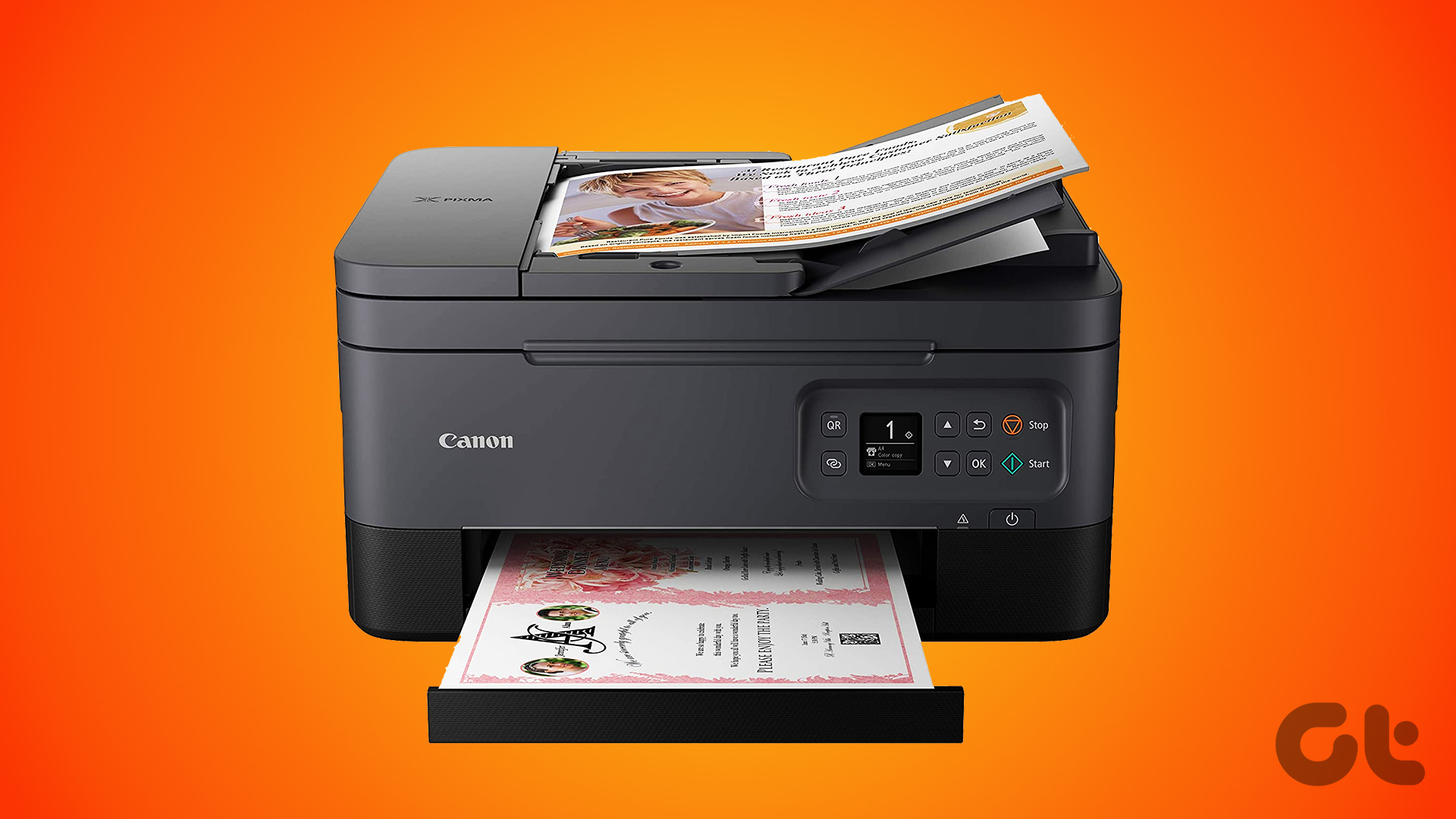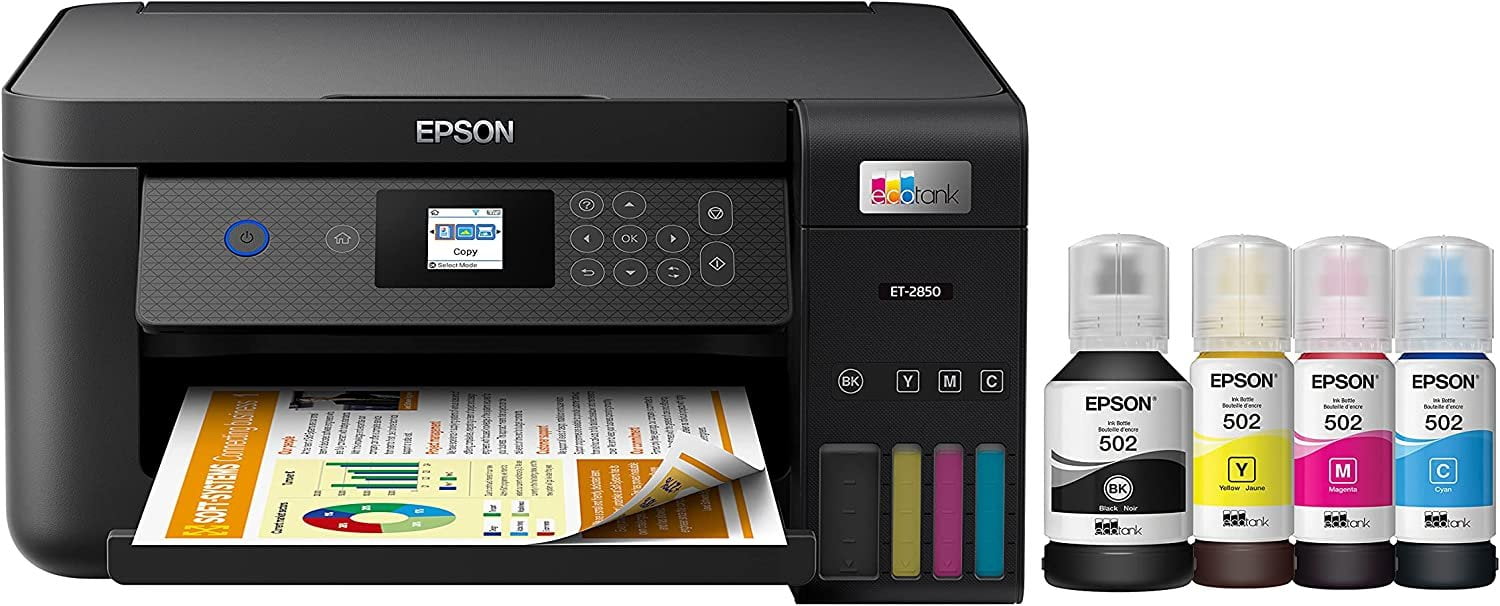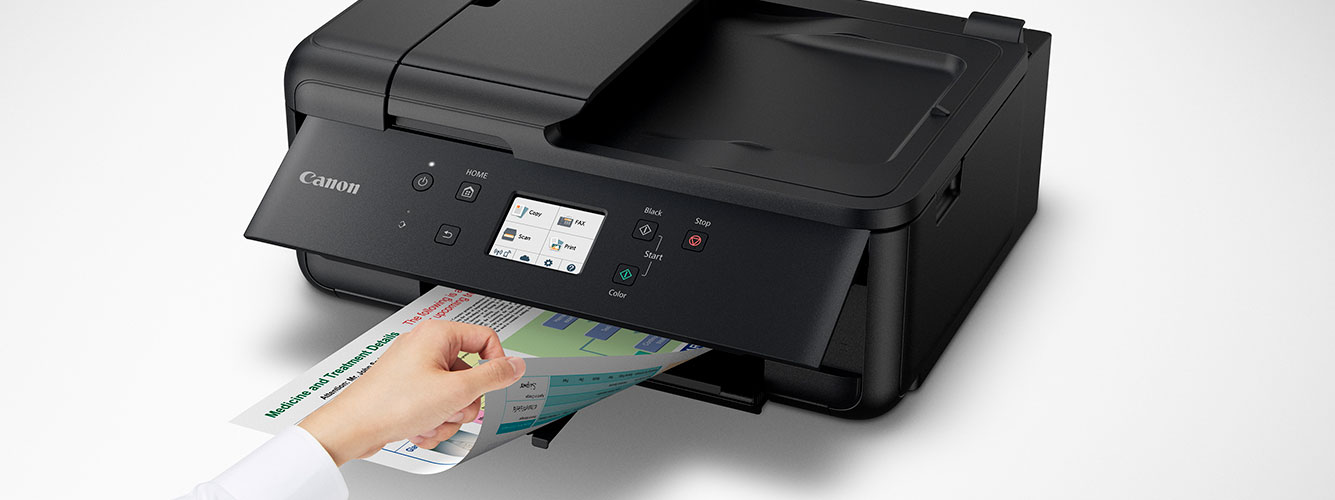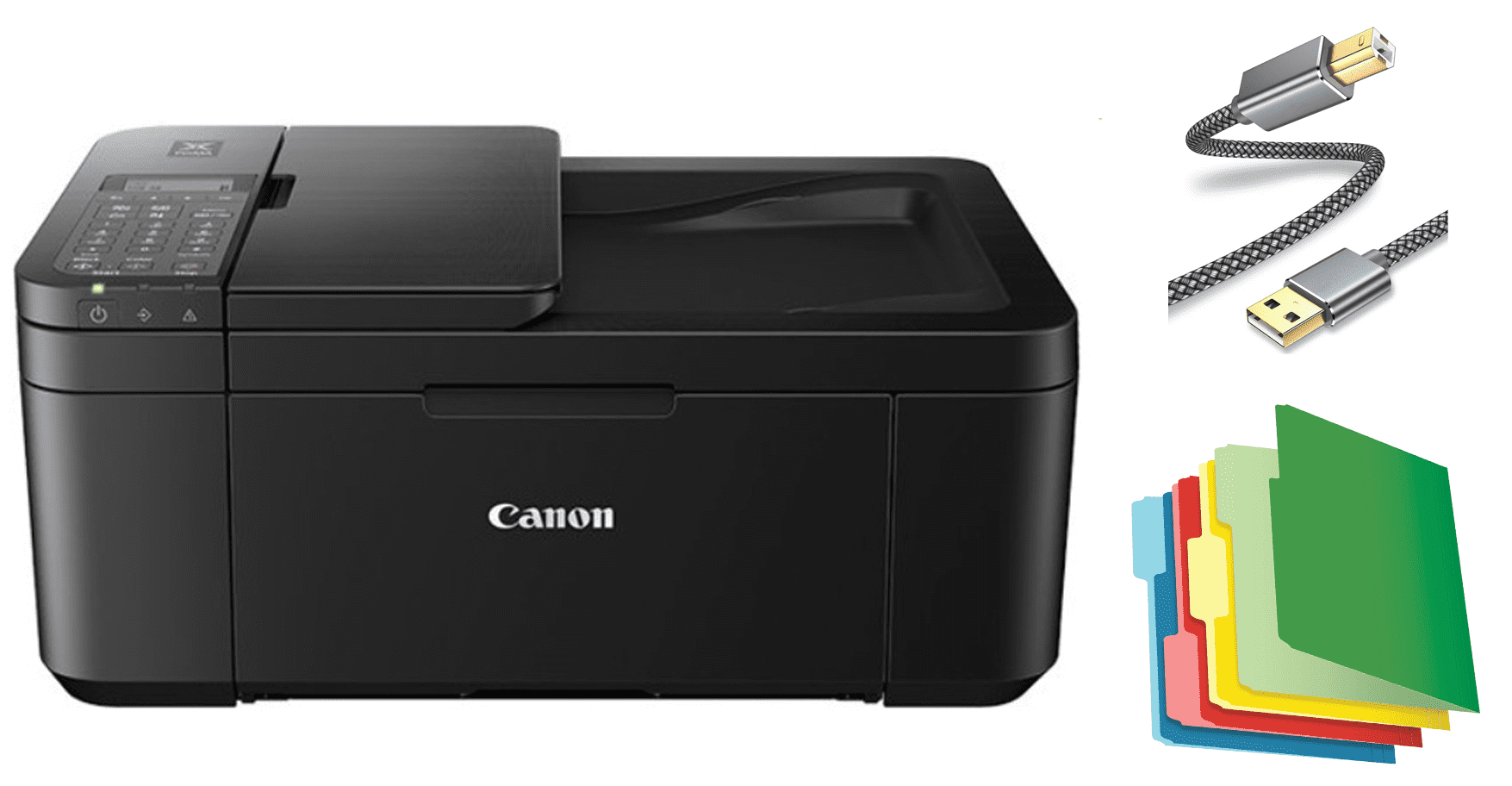Printer With Automatic Double Sided Printing

In an effort to promote sustainability and streamline office workflows, several major printer manufacturers have recently introduced new models featuring automatic double-sided printing, also known as duplex printing, as a standard feature. This development marks a significant shift in the printing industry, potentially reducing paper consumption and associated costs for consumers and businesses alike.
The move towards integrated duplex printing reflects growing environmental awareness and a desire for greater efficiency in resource management. The change aims to reduce paper waste and cut down printing costs, promising a cost-effective solution for a wide array of users.
The Rise of Duplex Printing
Leading companies such as HP, Epson, and Canon have all unveiled new printer lines incorporating automatic duplex printing as a standard feature. Previously, this functionality was often limited to higher-end models, making it less accessible to budget-conscious consumers and smaller businesses.
The shift comes as a result of both technological advancements and increasing consumer demand for eco-friendly products.
According to a recent report by the Environmental Paper Network, global paper consumption remains a significant environmental concern, with printing accounting for a substantial portion of this usage.
Key Features and Benefits
Automatic duplex printing simplifies the process of printing on both sides of a sheet of paper, eliminating the need for manual intervention. This saves time and reduces the risk of errors, such as misaligned or incorrectly oriented pages. The automatic mechanism is expected to bring efficiency.
The most immediate benefit is the reduction in paper consumption, which can translate to significant cost savings for businesses, schools, and individuals. Many organizations are now implementing policies to encourage or even mandate duplex printing to minimize their environmental footprint.
Beyond cost savings, duplex printing contributes to a smaller environmental footprint by reducing the demand for paper production. This, in turn, can lead to reduced deforestation, lower energy consumption, and decreased greenhouse gas emissions, according to various environmental agencies.
Impact on Consumers and Businesses
The availability of affordable printers with automatic duplex printing is likely to have a positive impact on both consumers and businesses. It can help consumers reduce household expenses.
Businesses, in particular, stand to gain from increased efficiency and reduced operating costs. Furthermore, adopting environmentally responsible practices can enhance a company's reputation and appeal to environmentally conscious customers.
"We are committed to providing our customers with innovative solutions that are both cost-effective and environmentally sustainable," said a spokesperson for Epson in a recent press release. "Making automatic duplex printing a standard feature is just one way we are helping our customers reduce their environmental impact."
Challenges and Future Outlook
While the integration of automatic duplex printing is a positive step, challenges remain. Some older software programs and operating systems may not fully support duplex printing, requiring users to manually configure their printer settings.
However, printer manufacturers are actively working to address these compatibility issues and provide user-friendly solutions.
The trend toward greater sustainability in printing is expected to continue, with manufacturers exploring new ways to reduce waste and minimize their environmental impact. This includes the development of printers that use recycled materials, reduce energy consumption, and offer improved recycling programs for used cartridges.
In conclusion, the widespread adoption of automatic duplex printing represents a significant step towards a more sustainable and efficient printing landscape. As technology advances and environmental awareness grows, the future of printing will likely be characterized by greater resource efficiency and a reduced environmental footprint.


















